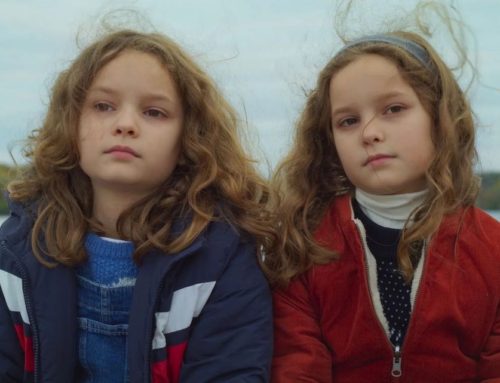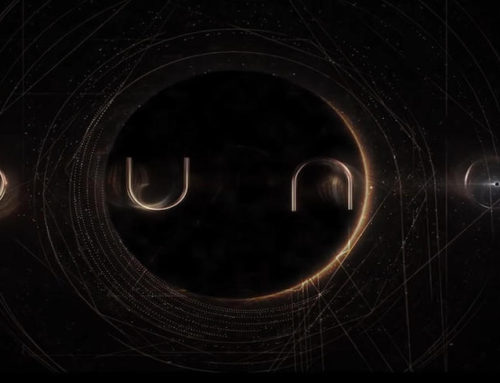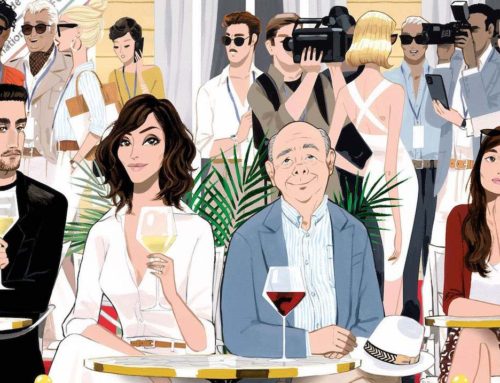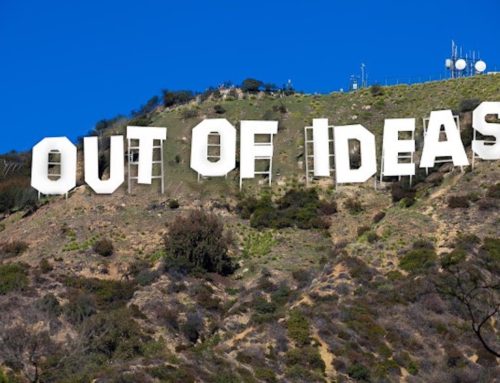In a world where Netflix-binges reign supreme, delayed gratification has been superseded by obviousness, and almost any full movie can be found online with a quick Google and a disregard for internet security, have we lost the need for movie trailers? Though trailers have become a hindrance to many cinema-goers – a final chance to grab a Coke before the movie starts – they in fact represent an interesting short form with a unique purpose and platform. Trailers are a distinctive part of our movie-going experience, giving us a chance to appraise future releases as the original ‘you might also like’ list. The historical foundation of film trailers is in advertising: though they are a commercial short film comparable to any other video advertisement, they are curious in the way that they take the same form as the product they are advertising. A trailer is a sample, the figurative square of cheese or three-month free trial that allows an audience to have a taste of a movie before committing to the whole thing. Trailers have undergone trends and transformations since the creation of cinema just as feature films have: are they nothing more than a cliched commercial instrument, or could they reemerge as an interesting artistic form in their own right?
The trailer for the first ‘talkie’, Al Jolson’s The Jazz Singer (1927), is an interesting relic of the early days of film. It is interspersed with filmed and spoken commentary; though there are no clips of Jolson speaking or singing – perhaps to excite the audience’s curiosity – the innovative technology is displayed and lauded in these clips of the host, who declares himself “privileged to say a few words to you in this most modern and novel manner”. The announcer also summarises the purpose of the trailer itself: “these few little scenes that you have just seen only give you a vague idea of the rare treat that is in store for you”. By the early 1930s, a formula begins to emerge: the trailer for the musical extravaganza Golddiggers of 1933 , for example, is a straightforward teaser, name dropping the stars and offering glimpses of footage from the film, overlaid with the hyperbolic praise that has came to be characteristic of golden age musical trailers.
The ‘special shoot’ is a lost form of trailer, comprised of footage shot specifically for use in the preview and epitomising the form’s artistic potential. The special shoot for Disney’s Snow White and the Seven Dwarfs (1937) is a conventional example of the traditional special shoot: Walt Disney himself addresses the audience, talking us through the innovative production of this soon to be quintessential cartoon. The trailer does not include any clips from the movie, denying the audience a glimpse of the unprecedented style of filmmaking (with an effect comparable to The Jazz Singer ). However, it does a good job of enticing the audience by explaining the technique through which the film came to be: it is a lovesong to the mode of production, rather than the finished product.
Perhaps the most famous of all special shoot trailers comes courtesy of Alfred Hitchcock, in the form of his aptly unsettling tour of the Bates Motel that introduces us to Psycho (1960). The cinematography of the teaser is still purposeful and distinctive: the opening wide shot of the motel pans round to give us a better look at our auteur in the foreground with the notorious house as a backdrop. Hitchcock’s conversational tone makes his mission appear more like an act of dark tourism than a film director explaining his work: he constantly traverses the boundary between discussing the events at the Bates Motel as a film narrative, and as if they were real. Though Hitchcock takes the audience on a tour of the film, the mystery of the narrative arc is maintained as our tour guide repeatedly stops himself mid sentence to avoid saying too much: this established rhetorical technique, called aposiopesis in classical rhetoric, is designed to leave the details to the reader’s imagination, which not only serves to tease the audience, but also verbally mimics Hitchcock’s directorial style. Just like in the film itself, what we do not see in this tour is just as important as what we do see, a fine artistic boundary that epitomises this trailer’s status as an interesting piece in its own right.
The Hitchcock special shoot is a prime example of an auteur ’s circle of influence being so powerful that it encompasses the ‘paratext’ of the movie – that is, the extra material that surrounds the film, from promotional material to the cinema experience. The same can be said of Stanley Kubrick, whose eccentric introduction to Dr. Strangelove or: How I Learned to Stop Worrying and Love the Bomb (1964) is often lauded as the most distinctive film trailer of all time. It truly is a teaser, poking fun at the audience, the subject matter and the concept of the trailer itself. In satirising the form, it uses style rather than substance to convey the spirit of the movie: though revealing little of the plot, the viewer is left in no doubt that a Cold War caricature is to come. Another auteur whose trailers have become just as distinctive as his movies is French New Wave director Jean-Luc Godard. The clear visual iconography of the trailer for Le Mépris (1963), as well as its emotive balance of earnestness and irony, is provocative, and harks back to an age where ambiguity reigned supreme in cinema.
The inclination towards artistic and ambiguous trailers has significantly diminished in recent years. Even the trailer for Birdman (2014), a notoriously ambiguous contemporary creation, crafts quite a clear narrative: in isolating important moments of the film, it is, in fact, less ambiguous than the full feature. The essence of a film can be preserved without exposing its entire substance: the trailer for Fight Club (1999) declines to reveal the iconic plot twist, unlike the trailer for Christopher Nolan’s fan favourite Inception (2010), for example, which is far more comprehensive, introducing all significant characters, exhibiting many moments of show stopping visual effects, and divulging the bones of the narrative arc. It is reasonable that a distributor would want to give their prospective audience a clearer idea of a film than the Dr Strangelove trailer does. However, examples such as the promotional clip for Apocalypse Now (1979) prove that a trailer can communicate the tone and plot of a film, utilising instances of distinctive cinematographic style or uses of music, and even maintain the chronology of the full feature, without giving the audience the impression that they have been shown the kernel of the movie.
The twenty-first century should be the age of the trailer. The dominance of YouTube as a platform for consuming video epitomises the contemporary preoccupation with short forms. Though this may be a bi-product of soundbite culture and the dominance of immediate gratification, it has also provided a catalyst for innovation within short-form film, including the development of genres such as vlogs, video essays and other creative styles. The ‘recut trailer’ is a thoroughly metamodern twist: it is, in equal parts, a parodic form of online comedy and an expression of audience desire, an audio-visual type of fan fiction. One facet of the recut trailer is the mashup, with fan favourites including Brokeback to the Future and Kill Christ . Other films have been recut into trailers that play with the hallmarks of genre film, allowing classic films to traverse these boundaries. Though some have farcical outcomes – Mrs Doubtfire recut as a horror movie is still more Tootsie than Texas Chainsaw Massacre – others make for amusing, desirable films: Full Metal Jacket as a Wes Anderson movie is the colourful and quaint Vietnam War comedy that I never knew I wanted.
Recut trailers play with the intrinsic visual language, elements of structure and points of reference that are exclusive to this form. Not only do trailers have a history, but also innovations and cliches, marks of authorship, and subgenres, which marks them out as an interesting form in and of themselves. They may be useful for giving the audience a flavour of a film and its context, but they are interesting because of their condensed structure and ability to influence the cinema experience. In an age where trailers are easily accessible, rewatchable and therefore for the first time available for close examination, it’s time for a resurgence of the experimental artistic trailer. Coming soon to theatres near you.
‘Movie Trailers or: How I Learned to Stop Worrying and Love the Previews‘ is an article written by Lana Crowe. You can find more from Lana on her Website.





